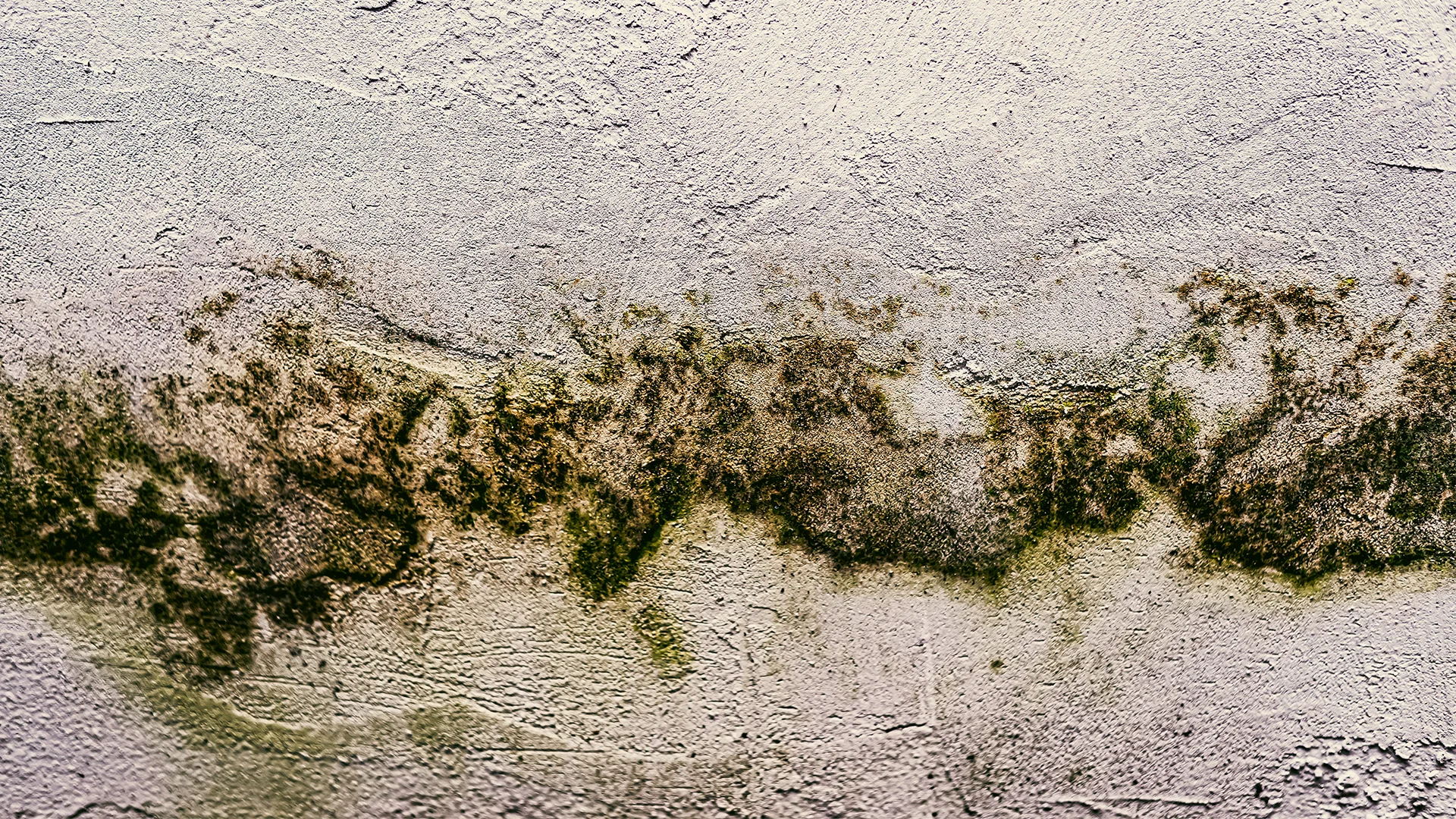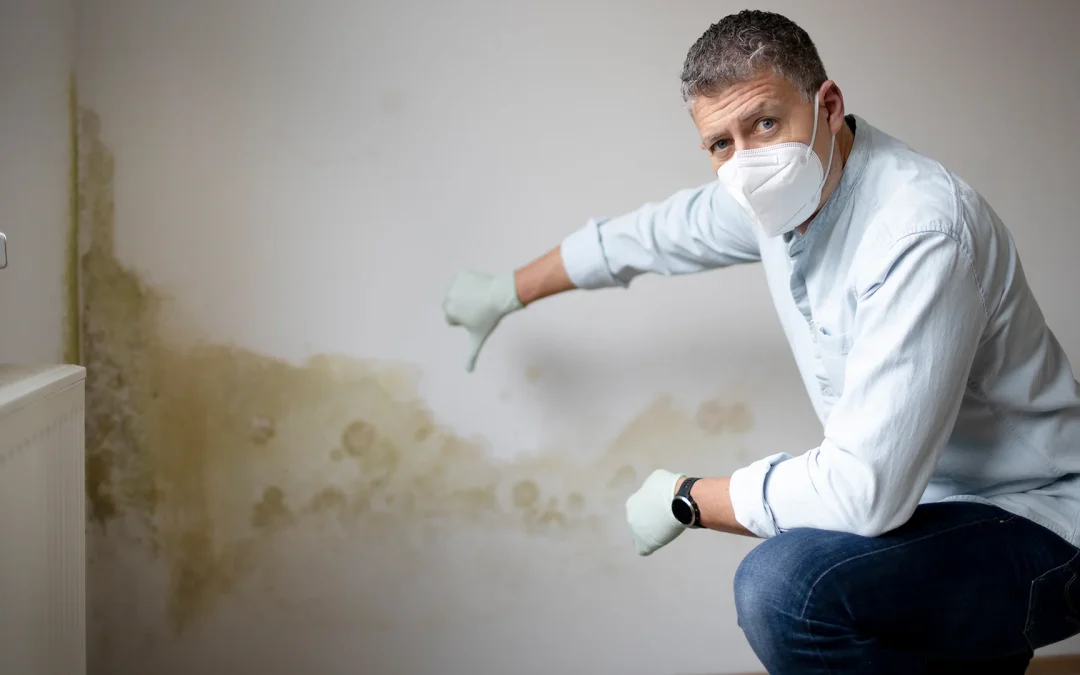Buying a home is an exciting journey, but it is a serious investment in your life that requires careful consideration. An essential step in the process is getting a home inspection for mold. A qualified inspector will examine the property for structural integrity, safety issues, and compliance with building codes.
However, when it comes to mold, the question arises: “Do home inspectors check for mold?” Unfortunately, the answer is not always straightforward, and understanding what to expect from your home inspection can make a big difference.
What Does A General Home Inspection Cover?
A general home inspection covers major systems and structures, including:
- Roofing: General inspectors examine the roof for leaks, damaged shingles, and overall condition.
- Foundation: Inspectors assess any cracks, uneven surfaces, and other structural issues.
- Electrical Systems: Inspectors check that wiring, panels, and circuits are safe and comply with codes.
- Plumbing: Inspectors check the system, from faucets to drainage, for leaks and proper function.
- Heating and Cooling: Inspectors test HVAC systems to ensure they operate safely and efficiently.
- Interior and Exterior: Inspectors scrutinize walls, ceilings, floors, windows, and doors for visible damage or irregularities.
Why Mold Inspections Not Typically Included?
There are a few reasons why general home inspections may not routinely cover mold during their standard inspections.
Specialization
Mold detection requires specialized knowledge, training, and often advanced equipment, like moisture meters or infrared cameras. For a home inspection for mold, they need to locate growth hidden within walls, under floors, or in less accessible areas.
Scope of Work
A general home inspection provides a broad overview of the home’s condition rather than a focused examination of specific issues like mold, lead, or asbestos. So, the experience needed will be different when doing a general inspection compared to a home inspection for mold, as the mold service could vary depending on the type, location, and growth rate.
Legal Considerations
Not all states require mold inspections during new home inspections, as they often categorize mold as an environmental hazard rather than a structural issue. Therefore, homeowners may encounter varying requirements based on their location. Specifically, conducting a mold inspection in Texas is an additional licensed service. This means that only certified professionals can perform these inspections, highlighting the importance of checking local regulations, especially during inspections of new homes where a detailed mold inspection might not be otherwise necessary.

Importance of Mold Detection
Mold isn’t just an esthetic issue; it can pose health risks, especially for those with asthma, allergies, or compromised immune systems. Prolonged exposure to certain types of molds, such as Stachybotrys (or black mold), may lead to more severe health issues, including respiratory infections.
Additionally, extensive mold growth can damage the property and decrease its value; therefore, detecting mold early on is essential for health and financial reasons. While a general inspection covers an extensive list of items, it doesn’t usually include a specific check for mold.
How Do Inspectors Check for Mold?
While most inspectors don’t explicitly test for mold, they often flag suspicions that could lead to it. If mold is visible on walls or ceilings, a home inspector may point it out, but they won’t thoroughly inspect the situation unless certified.
There are some indicators that they will be on the lookout for when doing an inspection, including:
- Visible Water Damage – Inspectors will look for water stains on ceilings, walls, and floors. Any visible water damage could suggest prior or ongoing water issues, which could foster mold growth.
- Musty Odors – Musty or earthy odors can indicate the presence of mold, as mold often has a distinctive smell. While smells alone are not proof, they can serve as a red flag for further investigation, and a reputable inspector will inform us about the situation even if they can perform a full inspection.
- Moisture Levels – Some inspectors may use moisture meters or infrared cameras to detect elevated moisture levels behind walls or floors. These tools can help identify “hidden” moisture problems that might lead to mold.
- Drainage and Ventilation Issues – Inspectors check the home’s drainage systems and ventilation. Homes with poor ventilation, especially in basements, crawl spaces, and attics, may have mold problems due to trapped moisture.
- Signs of Structural Damage – Clear signs of warping, buckling, or peeling paint on walls can signal hidden water damage, a potential breeding ground for mold.
- Visible Signs of Mold – Black or dark spots on walls, ceilings, or floors could indicate mold, but a professional inspection can determine the severity and type of mold.
Details of a Mold Inspection
A professional mold inspection goes beyond what a general inspection covers. Additional steps are done to ensure a comprehensive mold inspection that accurately identifies the presence, location, and type of mold in the home.
Certified mold inspectors use specific methods to locate and identify mold in the house:
- Visual Inspection – Includes checking for visible signs of mold, moisture stains, and discoloration.
- Moisture Mapping – They often use moisture meters to detect hidden dampness, a common precursor to mold growth.
- Air Sampling – Qualified inspectors will collect air samples to determine whether mold spores are present in the home’s air, even if mold isn’t visible.
- Surface Testing – Inspectors will swab or tape from surfaces where mold is visible, and lab analysis identifies the mold type.
What to Do If You Have Mold?
If an inspection reveals mold, it doesn’t necessarily mean the deal is off. Here are the steps you can take:
- Assess the Severity: You can remove minor mold with standard cleaning solutions, but extensive growth might require professional remediation.
- Consider Remediation Costs: Professional mold remediation can range from $500 to several thousand dollars, depending on the extent and location of the mold. Understanding these costs upfront can help you make an informed decision.
- Negotiation: In some cases, you can negotiate with the seller or buyer to reduce the price or cover the cost of mold remediation before closing the sale.
Addressing mold remediation starts with securing a qualified inspector to prevent further damage to your home and ensure you find the right professional. To find top-notch support, you can begin your search with a simple “local home inspector near me.”
Looking for help with your new home inspection? Contact Kissee Inspection Services! We offer detailed assessments of residential properties and tailored recommendations for maintenance or improvements, providing expert guidance to help you understand and act on our findings.




